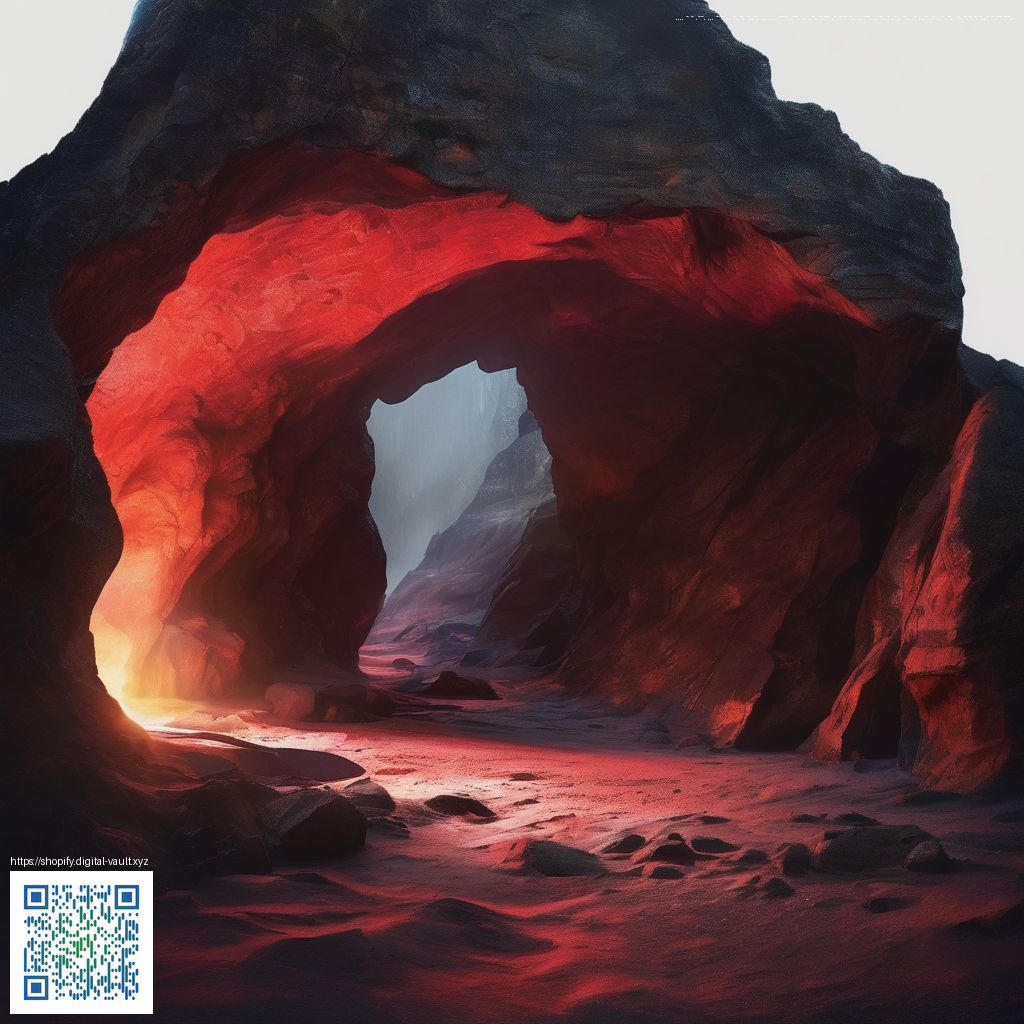
Creating Depth and Texture in Digital Scrapbooks
Digital scrapbooking thrives when pages feel alive rather than flat. Depth is the secret sauce that guides the viewer’s eye through a memory, evoking the sense of peering through layers rather than staring at a single surface. It’s about crafting a visual journey where light, shadow, and texture interact to suggest space—without ever leaving the digital canvas.
Layering for Spatial Storytelling
A compelling scrapbook layout uses layered planes to imply distance. Start with a strong base grid and then introduce offset photos, text blocks, and decorative elements with varied opacity. Subtle shifts in brightness between layers can create a sense of proximity, while a few elements that peek from behind others simulate the way physical papers stack in a album. The goal is to give your composition a felt depth without overloading the page.
Techniques to Build Realistic Depth
To coax depth from a flat file, try these practical approaches:
- Texture overlays – bring in paper grain, fabric weave, or brushed textures that blend with photos using soft light or overlay modes.
- Soft shadows – add gentle drop shadows to raised elements to hint at elevation; keep shadows subtle to avoid a muddy look.
- Varying focus – blur nonessential layers slightly and reserve sharp edges for focal points to mimic depth of field.
- Color hierarchy – push foreground items toward warmer tones and push back background layers with cooler hues or desaturation to recede visually.
- Light cues – simulate a light source with highlights on top of some layers while leaving others in shade, creating a natural path for the eye.
- Clipping and masking – reveal glimpses of underlying textures by masking parts of photos or elements, creating peeks that suggest multiple planes.
For tactile inspiration, consider the product page Clear Silicone Phone Case - Durable Flexible Slim. The way a clear surface plays with light and reveals subtle depth through translucency can inform how you approach overlays and reflections in your own layouts.
If you’re curious to see a curated example of depth in practice, this resource may help: this page showcases layouts that balance transparency, texture, and layering to guide the viewer’s gaze.
A Practical Workflow You Can Try
- Set a clean starting canvas with a three-to-five layer plan: background, midground textures, and foreground accents.
- Introduce a texture pack as overlays on several layers, then adjust each layer’s opacity so some textures “float” above others.
- Apply light edits to unify the palette; a cohesive color story makes depth feel intentional rather than accidental.
- Experiment with blend modes like Soft Light, Overlay, or Multiply to discover how textures interact with images at different scales.
- Export previews at multiple sizes to ensure the depth remains legible on mobile devices and larger screens alike.
Depth is not merely about adding elements; it’s about telling a story with the space those elements share. When you guide the eye through layers, you invite memory to unfold in a more intimate way.
As you integrate depth into your digital scrapbooks, remember that simplicity often strengthens impact. A few well-chosen textures and careful layering can achieve more than a busier page. The look you craft should feel intentional, with each plane contributing to the narrative rather than competing for attention.